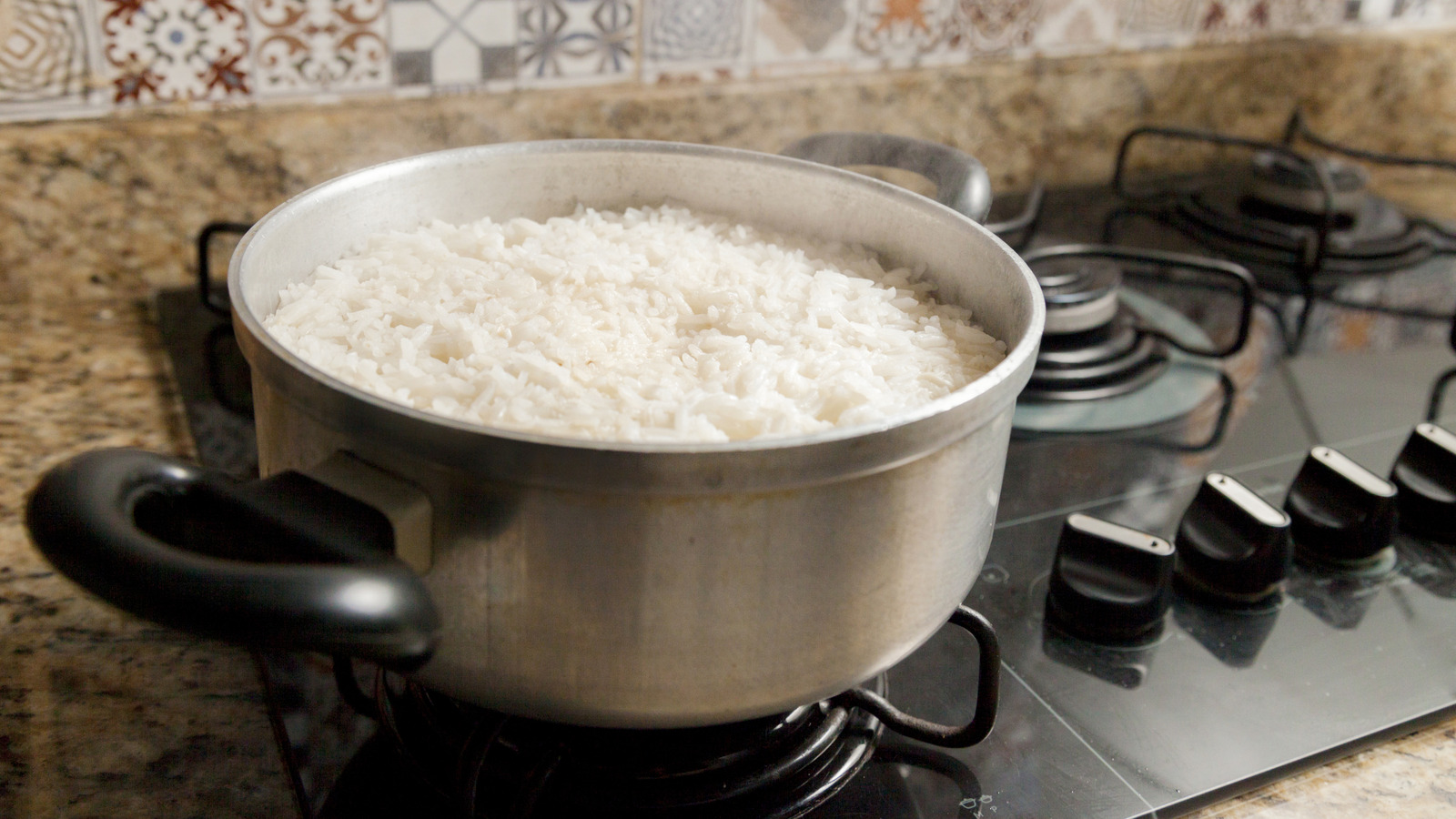Although rice is one of the most common grains consumed anywhere, making it perfectly fluffy and tender on your stove is something that eludes a lot of people. Time, water levels, and different types of rice can all throw off your recipe. You can end up with a mushy clump of starch or unpleasantly hard grains studded through your meal. Despite the pitfalls of the stove top, you don’t need to shell out lots of money for gadgets like rice cookers to get it right. With some simple knowledge you get excellent results. One of the most basic tips for cooking rice is making sure whatever pot you use isn’t too thin on the bottom.
There are a few different pot materials that are ideal for cooking rice, but no matter what go with one that has a heavier bottom that won’t burn your rice. Pots that are too thin will heat up too quickly and distribute heat less evenly. This isn’t as much of an issue when you are boiling, but as the liquid disappears, pots that are heating up too fast will end up burning the rice on the bottom. That means both wasted rice, and some hard clean up chipping off rice chucks welded to your pan.
Heavy bottoms pots that distribute heat evenly are the best for cooking rice
Thankfully, you won’t be limited in your pot options for cooking great rice. The ideal pot that mixes heat retention and distribution is a mix of two materials: enameled cast iron. Cast iron is thick bottomed and a slow conductor of heat, so it won’t overheat too quickly and burn your rice. And once it’s heated up it retains heat well and evenly, so you’ll get a nice steady cooking temperature. Enameled cast iron has the benefit of also being non-stick, and it gives you a nonreactive surface compared to the highly reactive cast iron. Combined they make near perfect rice. In fact many brands like Le Creuset now make enameled cast iron pots for cooking rice, but they are versatile enough to be used with other grains, beans, and smaller portions of soup or stew as well.
If you want to go more traditional, another great pot option is clay. It’s not the most common in the U.S., but cooking rice with clay is traditional in East Asia, and rice cooking pots like Japanese donabe are available online. Clay also heats up slowly and distributes heat well, plus traditional clay pots add an earthy flavor to rice. Glazed clay is also easy to use and durable, so if you’re a real rice lover, and don’t mind hunting one down, a clay pot will help you make excellent, fluffy rice for years to come.





